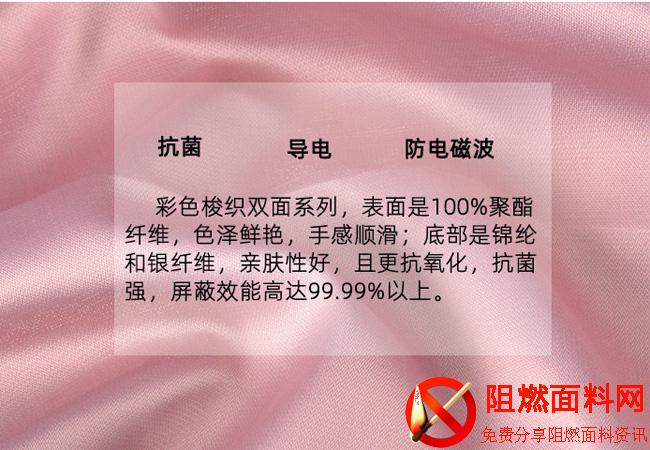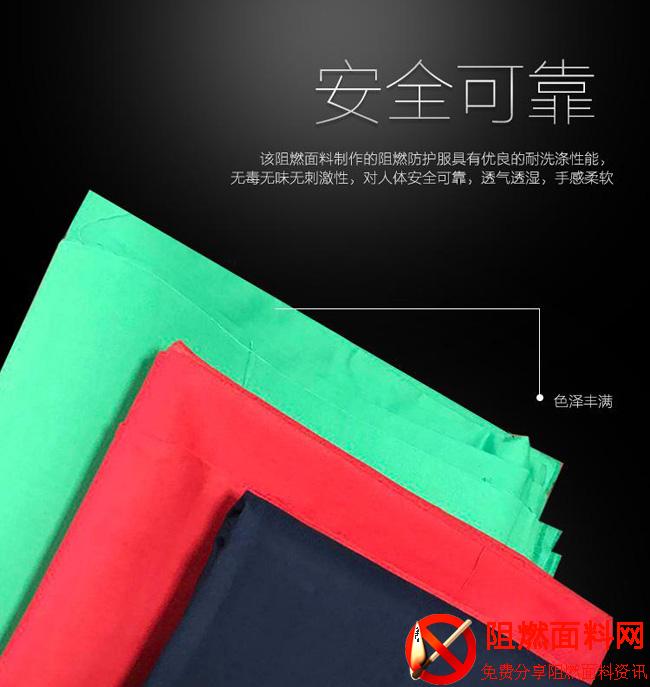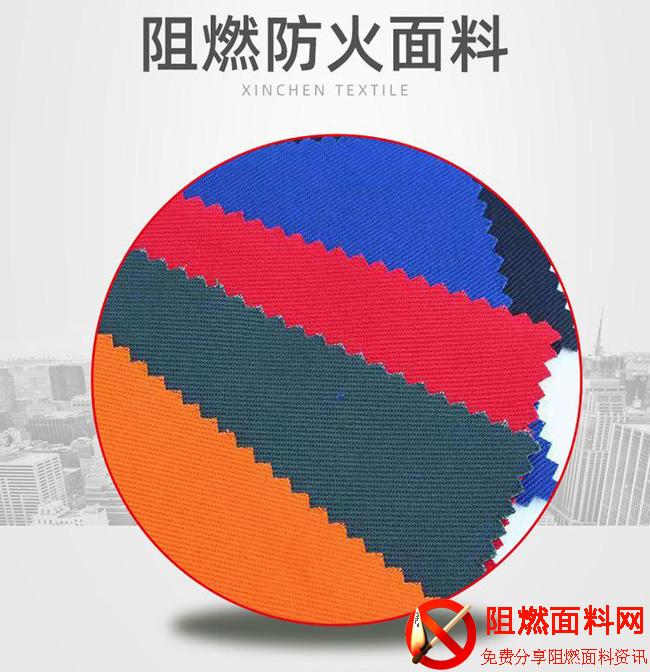Intrinsic flame retardant fiber: acrylic fiber
Intrinsically flame-retardant fiber: Acrylonitrile fiber
Popular Knowledge
Jinlan Science Popularization Station
Modacrylic Fiber
Acrylic fiber is a modified acrylic fiber, which is copolymerized by acrylonitrile monomer and vinylidene chloride compound. It has acrylic-like characteristics, wool-like feel and good flame retardancy. It is also acid-resistant and Chemical properties.

Acrylic fiber
Modacrylic Fiber
Acrylic fiber is divided into ordinary flame retardant fiber and high flame retardant fiber according to its flame retardant content.
Features
Fiber characteristics
1
Acrylic fiber is an inherently flame-retardant fiber and a permanent flame-retardant material. Its fiber strength is higher than that of flame-retardant viscose. Fabrics blended with a certain proportion of cotton fiber or viscose fiber can still maintain good flame retardancy. sex.
2
Combustion only results in carbonization and no melting droplets. Different from flame-retardant polyester, flame-retardant nylon, flame-retardant vinylon and other hot-melt fibers, it is the best flame-retardant fiber that can replace flame-retardant cotton in addition to high-performance fibers such as aramid and polyimide.
3
It is easy for textile processing and dyeing, has excellent color fastness, and is cost-effective.
4
Fabrics made of acrylic chlorine fiber are suitable for making flame-retardant protective clothing, interiors of cars, trains, ships, airplanes, hotels, and flame-retardant decorative materials such as curtains, seat covers, and aviation blankets.
The weather in autumn and winter is dry, and fire hazards are everywhere. The textiles used in people’s daily life are mainly made of natural fibers, man-made fibers and synthetic fibers. Most of them are flammable or combustible. Once ignited, the fire will spread rapidly. Spreading can easily cause great harm to human life and property.
In order to prevent unnecessary fires, many developed countries have already adopted flame-retardant products to prevent vicious fires in public places and protect personal safety. Many countries and regions have established relatively complete regulations and standard systems.

The so-called “flame retardant” does not mean that the textiles after flame retardant treatment will not burn when exposed to a fire source, but that the fabrics can reduce their flammability as much as possible in the fire, slow down the spread of the fabric, and prevent large-area burning. , and can self-extinguish quickly after leaving the flame, no longer burning or smoldering. Those labor protection fabrics that can prevent themselves from being ignited or can slow down and stop burning after contact with flames or hot objects are flame retardant fabrics. The use of textiles with flame retardant properties can weaken burning conditions and delay the spread of fire, giving people time to evacuate or take measures to extinguish the fire. Therefore, technical regulations on the flammability of textiles have gradually become an important part of technical trade barriers in various countries.

How to identify the quality of flame retardant fabrics?
Flame retardant fabric testing methods are diverse due to different principles, equipment and purposes. It is difficult to compare the test results of various test methods with each other. The experimental results can only explain the combustion performance of the sample to a certain extent. The first is that the appearance is qualified and there are no defects. The second is the important flame retardant performance testing. You still need to go to a regular testing center for testing, or buy flame retardant fabrics produced by large enterprises. They have their own testing centers to ensure that they are retardant. The quality of the fabric. The basis usually used to judge the flame retardant performance of flame retardant fabrics is based on the burning rate of the flame retardant fabric. It is to contact the flame-retardant fabric with the flame for a period of time according to the prescribed method, then remove the flame, and measure the time for the fabric to continue burning with flames and flameless burning, as well as the degree of damage to the fabric. The shorter the flame burning time and the flameless burning time, the lower the degree of damage, which means the better the flame retardant performance of the fabric; on the contrary, it means the fabric has poor flame retardant performance.
How do textiles achieve flame retardant effects?
Fabrics can be flame retardant in two ways, one is the flame retardant method of the fiber, and the other is the post-treatment flame retardant method. Fiber flame retardancy is achieved by copolymerizing flame retardant monomers with polymers or adding flame retardants to the polymer, and then miscibly processing them to form blended fibers, which are then woven into flame retardant fabrics; the post-finishing process is to combine the flame retardant with the polymer. The fabric is treated with flame retardant by spraying, padding or coating. When encountering fire, the flame retardant will undergo physical and chemical reactions to achieve the flame retardant effect.
Flame retardant yarn uses
Flame-retardant cotton yarn has good washing resistance, no odor, reliable to the human body, breathable and moisture-permeable, and soft to the touch. It is suitable for making flame-retardant protective clothing in metallurgy, machinery, forestry, fire-fighting and other industries. It can also be used as decorative cloth in hotels, guesthouses, opera halls and theaters.
Flame retardant yarn is a special fabric that can delay flame burning. It is mainly used to make protective clothing, special performance clothing, and industrial fabrics. It is widely used in fire protection, clothing, stores, metallurgy, machinery, mining, chemical industry, coal, Shipping and other industries.







